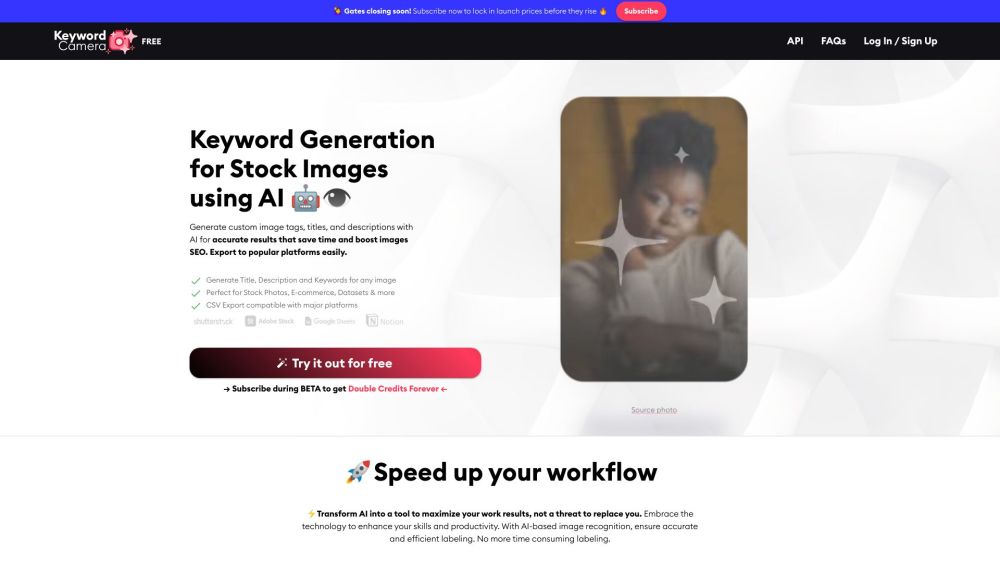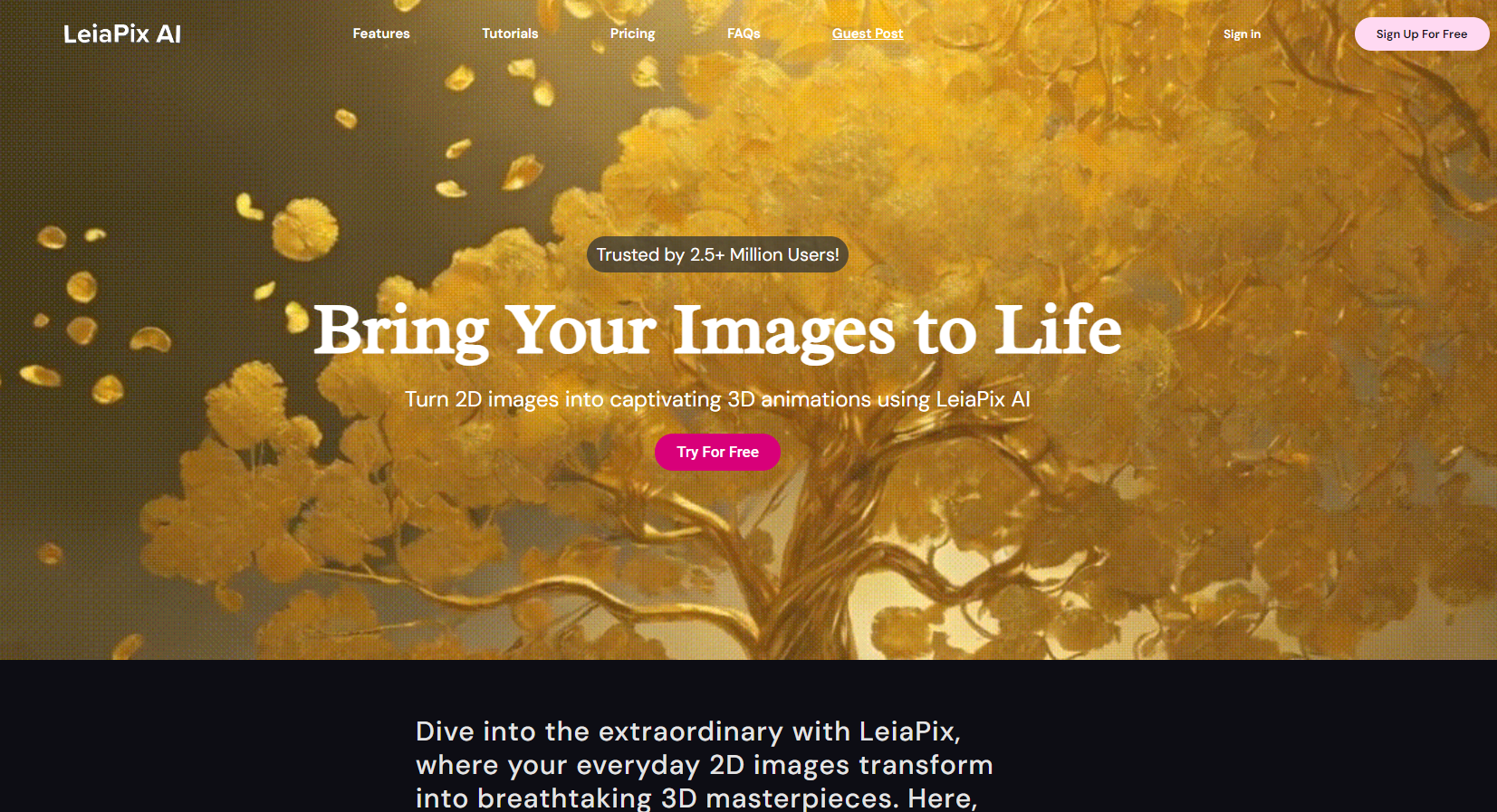
What is AI Visual Tagging?
AI Visual Tagging is an advanced technology that uses artificial intelligence to automatically analyze and label visual content such as photos and videos. It identifies objects, scenes, actions, emotions, and other elements within images, assigning relevant tags and keywords to describe the content. This helps in efficiently organizing, searching, and managing large visual datasets without manual effort. AI Visual Tagging relies on computer vision and deep learning models trained on extensive image datasets to understand and categorize visual information.
Key Features of AI Visual Tagging
AI Visual Tagging is an advanced technology that uses artificial intelligence to automatically analyze and label images with relevant keywords, descriptions, and metadata. It can quickly process large volumes of visual content, identifying objects, scenes, colors, emotions, and other attributes to generate accurate tags that enhance searchability, organization, and content management.
Automatic Keyword Generation: AI algorithms analyze image content to produce relevant tags and keywords describing the visual elements.
Multi-language Support: Generates tags and descriptions in multiple languages for global content management.
Customizable Tagging: Offers options to refine and customize the generated tags to align with specific brand or industry needs.
Bulk Processing: Can efficiently tag large collections of images simultaneously, saving time and resources.
Integration with Existing Systems: Easily integrates with digital asset management systems, content management platforms, and e-commerce sites.
Use Cases of AI Visual Tagging
E-commerce Product Cataloging: Automatically tag product images with attributes like color, style, and material to improve search functionality and customer experience.
Stock Photography Management: Efficiently organize and categorize large libraries of stock photos for easier discovery by clients and customers.
Social Media Content Optimization: Generate relevant hashtags and descriptions for social media posts to increase visibility and engagement.
Digital Asset Management: Streamline organization and retrieval of visual assets in large corporate or media libraries.
Content Moderation: Assist in identifying and flagging inappropriate or sensitive content in user-generated image submissions.







